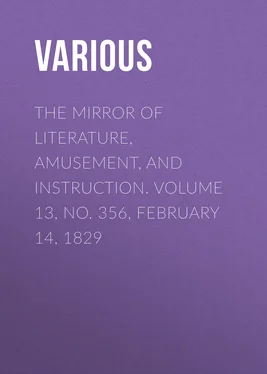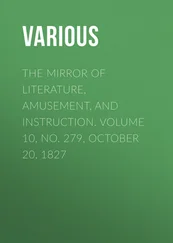About the beginning of October we had returned from our cruize; the men, ever since we had been in commission, had been daily exercised at the guns, and, by firing at marks, they had much improved in their practice.
Before entering the bay, the Ottoman fleet lay at the distance of ten or twelve miles from the Allies. They appeared numerous, with many small craft. Most of them bore the crimson flag flying at their peak, and on coming closer, a crescent and sword were visible on the flags. Their ships looked well, and in tolerable order: the Egyptians were evidently superior to the Turks.
Little communication took place between the Allied and Turkish fleets. The Dartmouth had gone into the bay twice, bearing the terms proposed by the allied commanders to Ibrahim Pacha. No satisfactory answer had been returned by the Ottoman admiral, whose conduct appeared evasive and trifling, implying a contempt for our prowess, and daring us to do our worst.
The Dartmouth having proceeded for the last time into the bay, with the final requisitions, and having brought back no satisfactory reply, on Saturday, the 20th of October, 1827, about noon, Admiral Codrington, favoured by a gentle sea-breeze, bore up under all sail for the mouth of the Bay of Navarino. A buzz ran instantly through the ship at the welcome intelligence of the admiral's bearing up; and I could easily perceive the hilarity and exultation of the seamen, and their impatience for the contest.
Our ship's crew was chiefly composed of young men, who had never seen a shot fired; yet, to judge from their manner, one would have thought them familiar with the business of fighting. The decks were then cleared for action, and the ship was quite ready, as we neared the mouth of the bay.
The Asia led the fleet, and was the first to enter the bay, followed by the ships in two columns. This was about one o'clock, or rather later. Abreast of Sir Edward Codrington was the French admiral, distinguished by the large white flag at the mizen. Then came the Genoa and Albion, followed by the Dartmouth, Talbot, and brigs, along with the French and Russian squadrons, in more distant succession. Every sail was set, so that the vast crowd of canvass, that looked more bleached and glittering in the rays of the sun, and contrasted with the deep blue unclouded sky, presented a magnificent and spirit-stirring spectacle. The breeze was just powerful enough to carry the allied fleet forward at a gentle rate, and as the wind freshened a little at times, it had the effect of causing the ships to heel to one side in a graceful, undulating manner,—the various flags and pendants of the united nations puffing out occasionally from the mast-heads. The sea was smooth, the weather rather warm, and the air quite clear. As we neared the entrance of the bay, the land presented all around a rugged, steep appearance towards the sea. In the distance, the mountains were visible, of a light blue, with whitish clouds apparently resting on their summits. The town and castle of Navarino presented a bright, picturesque look, and some spots of cultivation were to be seen. In the interior there rose in the air what looked like the smoke of some conflagration, and such we all believed was the case, as the Turkish soldiery had been employed in ravaging the country, and carrying away the inhabitants. An encampment of tents lay near, close to the castle, and large bodies of soldiers were easily discernible crowding on the batteries as we approached. We were about five hundred yards distant from the castle. The breadth of the entrance was about a mile.
Конец ознакомительного фрагмента.
Текст предоставлен ООО «ЛитРес».
Прочитайте эту книгу целиком, купив полную легальную версию на ЛитРес.
Безопасно оплатить книгу можно банковской картой Visa, MasterCard, Maestro, со счета мобильного телефона, с платежного терминала, в салоне МТС или Связной, через PayPal, WebMoney, Яндекс.Деньги, QIWI Кошелек, бонусными картами или другим удобным Вам способом.
This elegant and curious piece of workmanship, the history of which is involved in uncertainty, bears the marks of an age subsequent to that of the choir, and was probably erected in the reign of Henry VI. It is in the most finished style of the florid Gothic, containing niches, canopies, pediments, and pinnacles, and decorated with the statues of all the sovereigns of England, from the Norman Conquest to Henry V. The statue of James I. stands in the niche which tradition assigns as that formerly occupied by the one of Henry VI.
These stalls or seats which were formed of oak, and of the most elaborate workmanship, occupied the side, and western end of the choir: they were surmounted by canopies, supported by slender pillars, rising from the arms, each being furnished with a movable misericordia.
Vide Drake's Eboracum, p. 527.
We thank our intelligent antiquarian correspondent for this article, which, he will perceive appears somewhat, abridged, as we are unable to spare room for further details.












